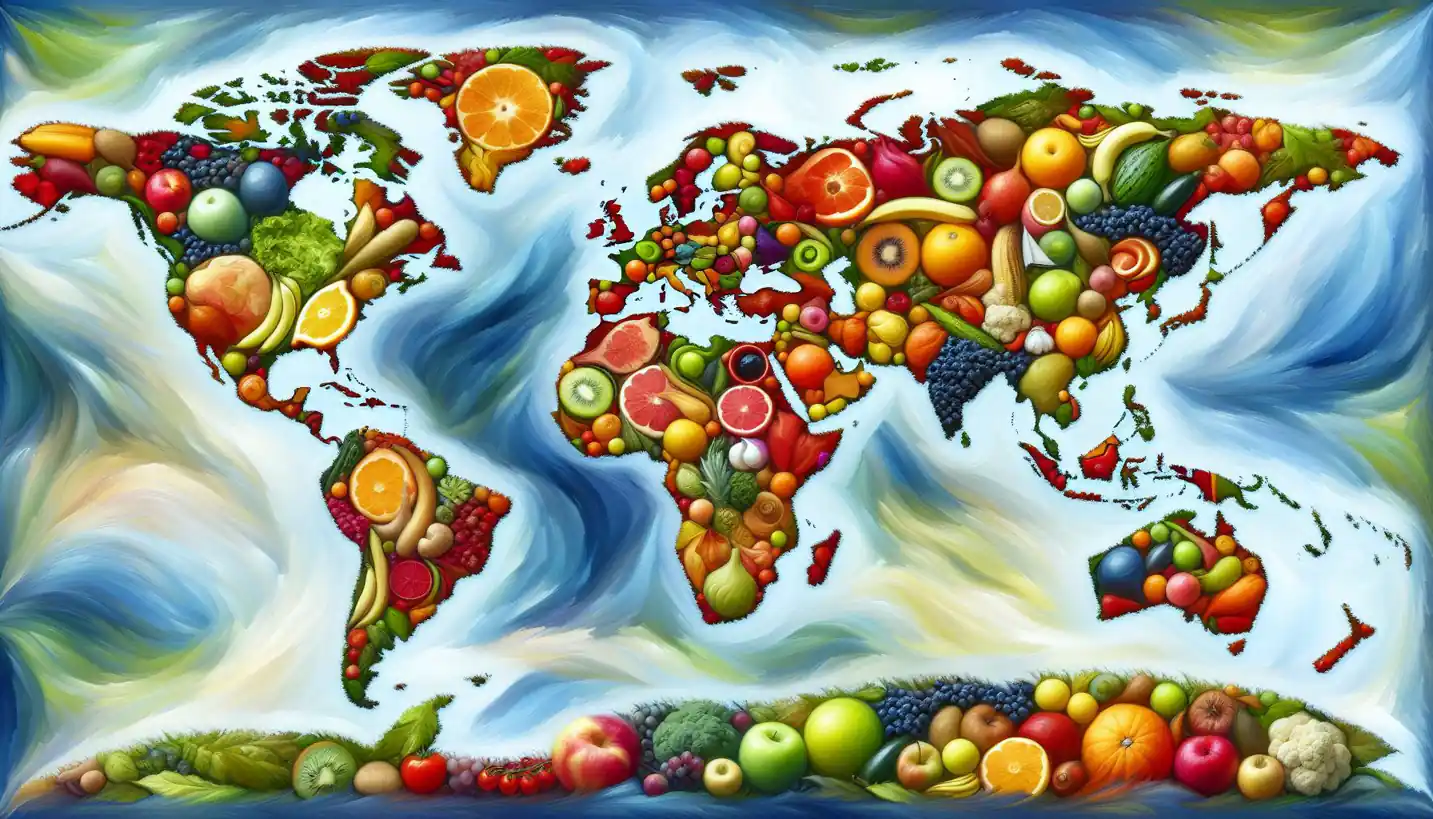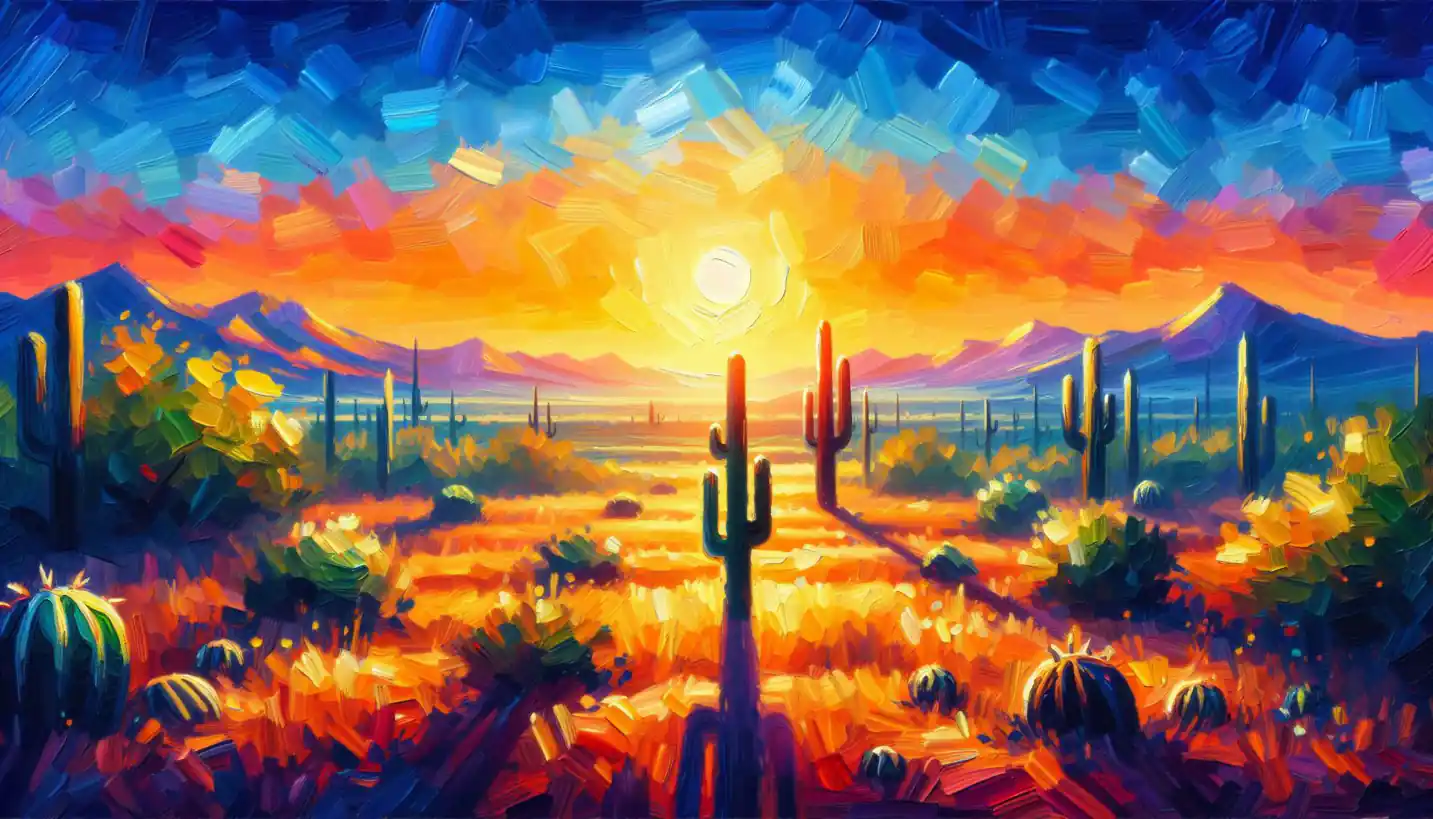· Geography · 4 min read
Population Distribution Patterns: A World of Diversity
Population distribution patterns highlight the world's diverse ways of living. Discover the reasons behind clustered cities, isolated villages, and everything in between.

Understanding where and why people are scattered across different regions of our planet can seem like a puzzle. But diving into population distribution opens up stories about humanity, our environments, and the decisions we make. This concept, deeply rooted in population geography, is essential for grasping how societies function and develop.
One of the first things to realize is that the way humans settle isn’t random. It’s shaped by nature, history, and economics. Imagine the Earth as a giant board game where each region has its own set of rules. These “rules” in population geography include things like climate, resources, and accessibility.
Natural Influences on Population Distribution
Let’s start with natural elements. Picture yourself in a lush, fertile valley with a mild climate. It’s no surprise that such places, like the Nile River Valley, became cradles of ancient civilizations. Water sources, fertile lands, and a favorable climate make them magnets for people. The lush lands offer ample food and opportunities, setting the stage for thriving communities.
Now think about harsh, unyielding deserts or freezing tundras. These places are less enticing for large-scale settlement. It’s like trying to grow a garden in the middle of a frozen landscape. There simply isn’t enough to support a large group of people, and so, sparsely populated areas like the Sahara or Siberia form.
Historical Contexts Shaping Settlement Patterns
History adds another layer to this puzzle. Wars, trade routes, and migrations all play a role in shaping where populations cluster. Consider how the Silk Road not only facilitated trade but also led to towns and cities sprouting along its path. These routes didn’t just bring goods – they brought people and cultures that would shape entire regions.
Colonial history also left its mark. For instance, many coastal areas around the world were developed as ports by colonial powers, setting the foundation for bustling economic hubs we see today. The historic drives and decisions continue to influence contemporary population maps.
Economic Factors Driving Population Clusters
Economics is a big player in where people decide to live. Cities like New York and Tokyo beckon with promises of jobs, education, and lifestyle opportunities. It’s the proverbial bright lights of the big city drawing in populations from rural areas in search of better prospects.
But it’s a double-edged sword. As urban areas expand, they also bring challenges such as overcrowding and pollution. The dream can become a struggle as city infrastructures buckle under pressure, prompting discussions about urban planning and sustainable living.
Culture and Population Distribution
We can’t overlook the cultural angle. Cultural values and social structures significantly influence where populations settle and how communities are organized. In some societies, extended family networks lead to tight-knit village communities. In others, individualism can drive people toward independent living in urban centers.
Culture can affect migration patterns too. The desire to be close to others who share your language, religion, or customs often leads to ethnic enclaves within cities or distinct cultural regions within countries. This diversity makes for a rich tapestry but requires understanding and cooperation for harmony.
Challenges and Implications of Uneven Distribution
While varied population distribution creates interesting dynamics, it also introduces challenges. Unequal access to resources is a major issue. Densely populated cities might struggle with enough clean water or affordable housing, while remote areas might lack adequate healthcare or education facilities.
Governments and planners use population geography data to tackle these issues. By understanding where people live and why they’re there, strategies can be developed to improve living conditions across regions. Balancing resources, providing infrastructure, and planning for future population growth become crucial tasks.
Future of Population Distribution
As we look to the future, several trends are likely to affect how populations are distributed globally. Climate change, for instance, threatens to redraw maps. Rising sea levels and changing weather patterns could displace millions, prompting migrations and altering global demographics.
Technological advances might change the equation too. Remote work and digital connectivity can allow people to live further from traditional urban centers, potentially revitalizing rural areas. It’s a fascinating time to consider how innovations might wrestle with or complement natural and economic forces.
In summary, population distribution is much more than just a pattern on a map. It’s a reflection of how humans interact with their environment, each other, and the challenges of different times. By studying these patterns, we gain insights not only into our past but also into the future of our societies. So next time you look at a map, consider the stories and influences lying beneath the surface – each dot representing a piece of humanity’s vast, intricate puzzle.



